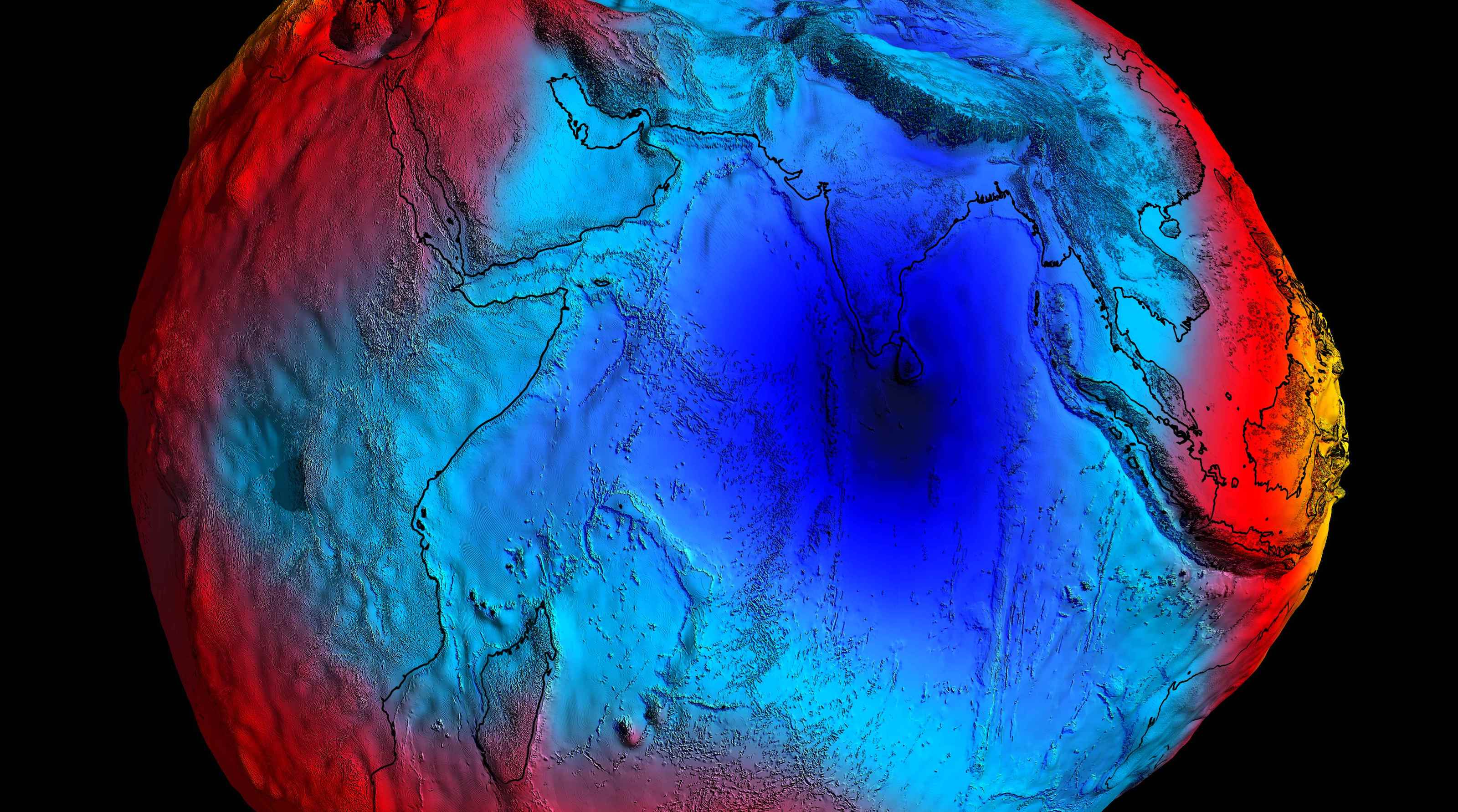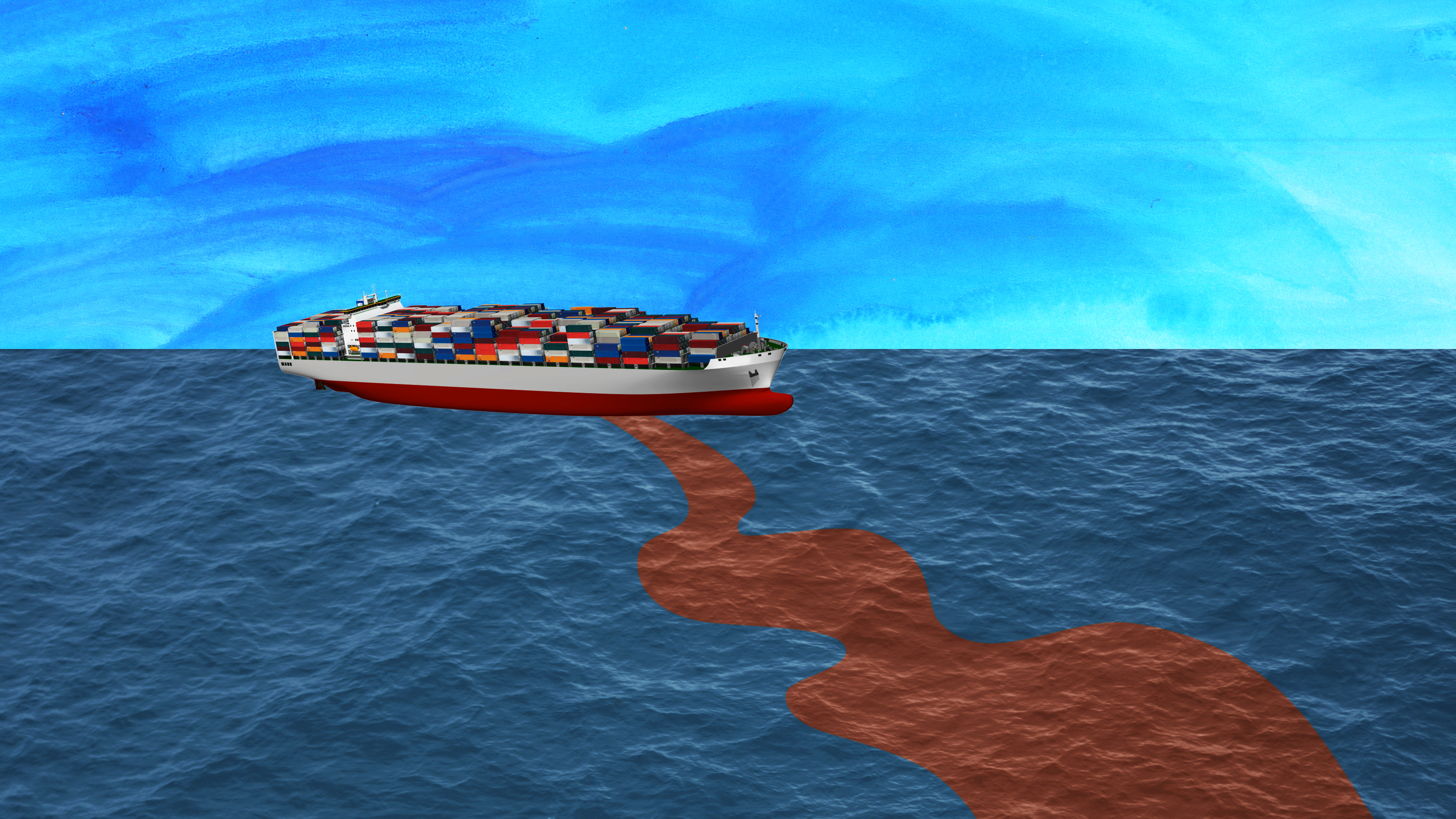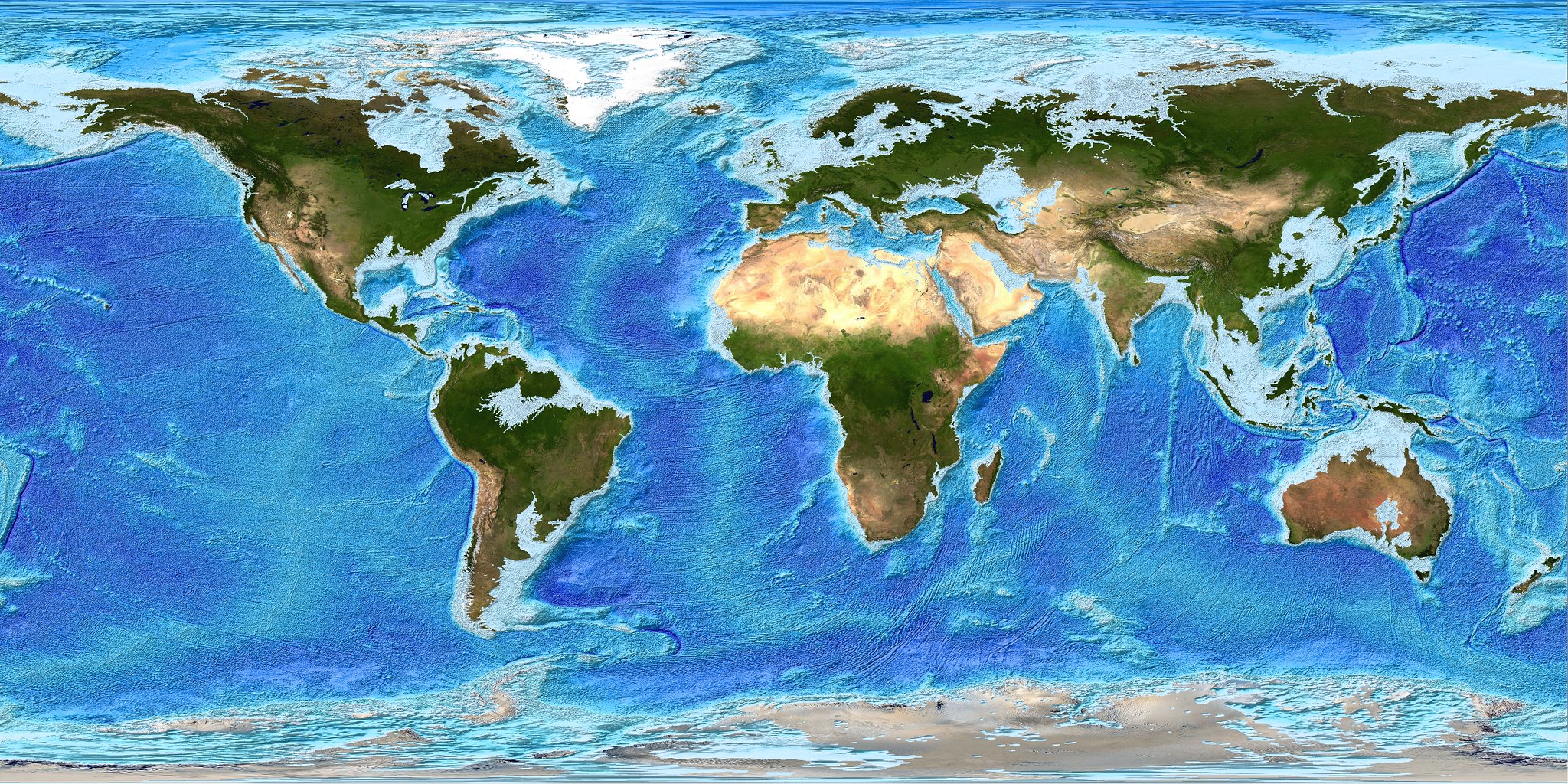Indian Ocean Coastal Areas Seeing Greater Sea Rise Than Global Average

Is there a coastal area close to your heart? Imagine the water there 23 feet higher than it is now. Sea levels are rising, and it can be painful to try to wrap the mind around that fact (picture New York City with a massive sea wall built up around it, if you like). The implications of the predicted rise, especially for major coastal cities’ infrastructure, are almost too much to imagine.
Now factor in all the unpredictability and inconsistency that will accompany ocean swelling. Sea levels won’t rise by the same amount everywhere around the globe, say scientists at the University of Colorado at Boulder (CU) and the National Center for Atmospheric Research (NCAR); it won’t be like adding a splash of water to a half-full glass. More like adding a splash of water to a half-full baking tray, and then aiming a strong fan at this corner or that – local variability in sea level rise is due in part to wind patterns.
NCAR’s Gerald Meehl says that “global sea level patterns are not geographically uniform. Sea level rise in some areas correlates with sea level fall in other areas.” The Indian Ocean is seeing a lot of its coastal areas fall into the former category.
An especially hot spot pinpointed in a recent Nature Geoscience study (funded by NSF, the DOE, and NASA) is the Indo-Pacific warm pool (click for map). The warm pool is an entire degree (F) warmer than it was just 50 years ago, and the study’s authors say that warming is mostly anthropogenic (read: our fault, and ours to fix).
As a result, Indian Ocean coastal areas that will feel the pressure include: the Bay of Bengal, the Arabian Sea, Sri Lanka, Sumatra and Java.





